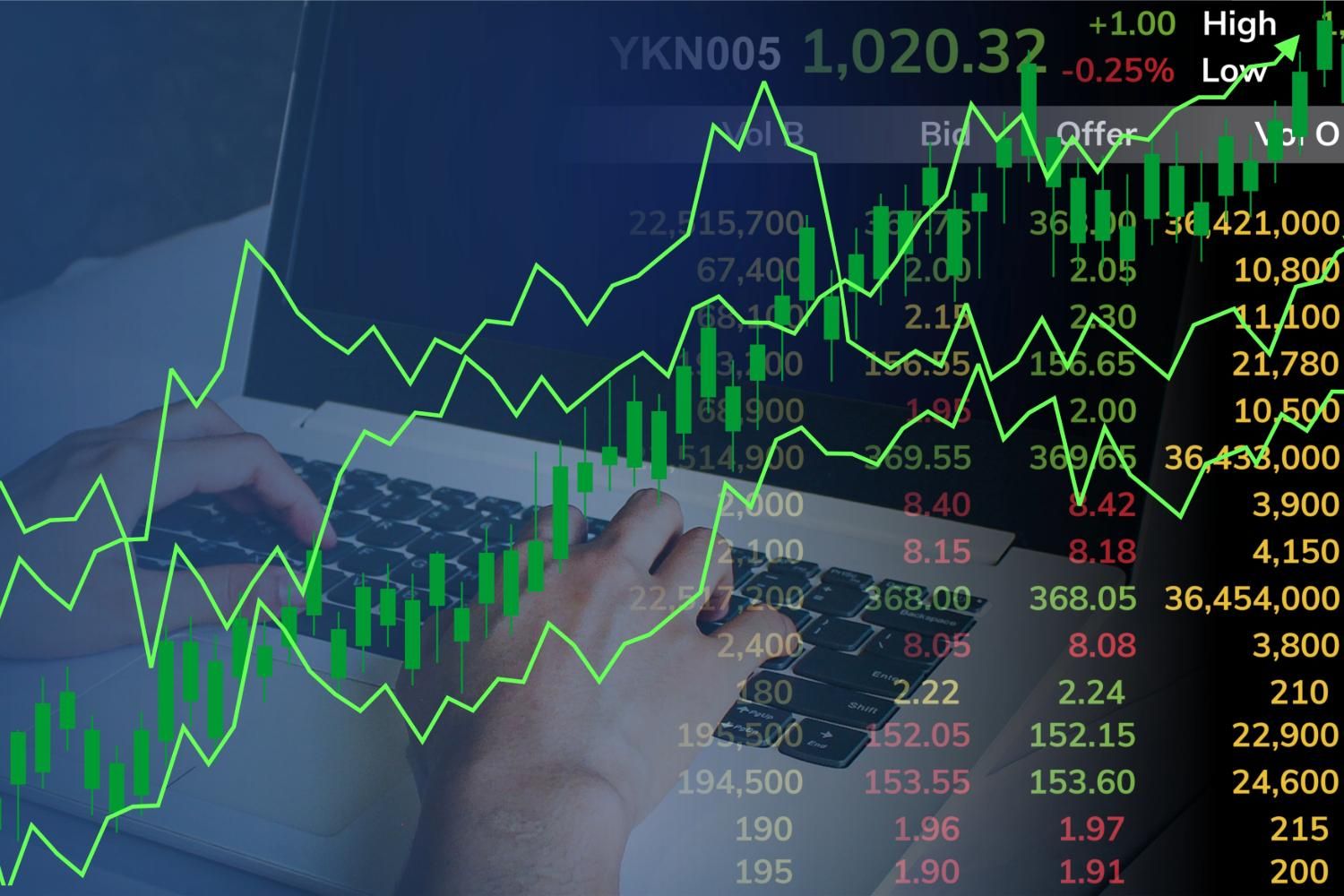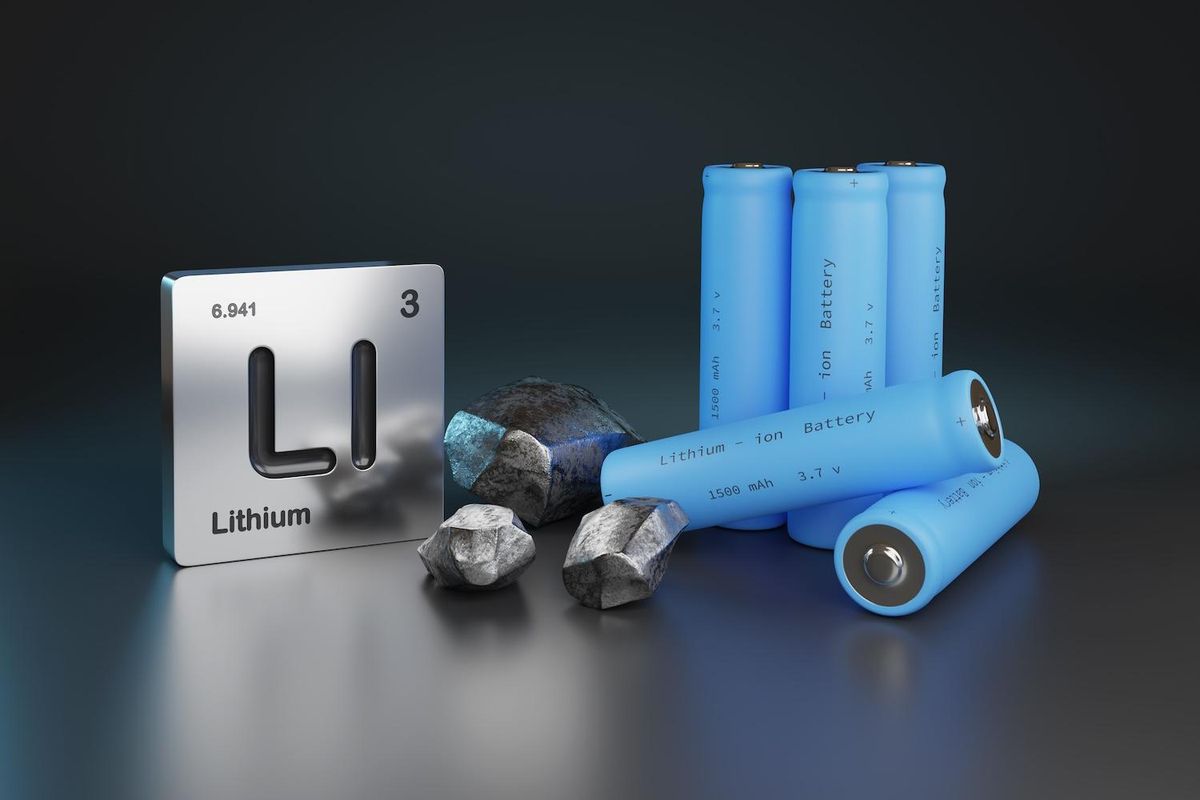
August 14, 2023
European Lithium Limited (ASX: EUR, FRA: PF8, OTC: EULIF) (European Lithium or the Company) is pleased to announce it has received a grant of new mining licenses and extensions for the Wolfsberg Lithium Project (Wolfsberg Project) in Austria, after a public hearing conducted by the Austrian Mining Authority.
HIGHLIGHTS
- EUR receives grant of 6 new mining licenses
- In addition, 3 existing mining licenses have had their area extended (1 for the existing Andreas field and 2 for the newly assigned Barbara field)
- Mining licenses now extend beyond the existing resource doubling the Wolfsberg Project footprint
Tony Sage, Chairman, commented: “The grant of these mining licenses further reinforces our belief that Wolfsberg will be the first local producer of battery grade lithium in Europe to fuel the green energy transition. The Wolfsberg Project benefits from Austria’s robust and mature mining industry that reflects many of the aims of the EU’s proposed Critical Raw Materials Act, including a fast track for critical projects like ours.”
The Wolfsberg Project Definitive Feasibility Study (DFS) (see EUR announcement dated 8 March 2023) mine planning and design incorporated the expanded resource and at the time of reporting the Company identified several mining fields extending outside existing license areas that could be mined in the future.
Subsequently, the Company applied for a new mining field, called Barbara, adjacent to the existing mining field called Andreas, which contains 11 mining licenses. The Barbara mining field provides the Company with 6 new licenses. In addition, 3 existing mining licenses have had their area extended (1 for the existing Andreas field and 2 for the newly assigned Barbara field).
The grant of new licenses and extensions grows the Company’s Wolfsberg Project to a total of 20 licenses, nearly doubling the footprint for the underground mining operations (see Image 1, Wolfsberg Project tenement map).
Dietrich Wanke, CEO, commented: “The grant of the new mining licenses, and license extensions, provides significant upside to mining operations in the future. We are encouraged by this successful grant as we move toward operational readiness of the Wolfsberg Project.”
Click here for the full ASX Release
This article includes content from European Lithium, licensed for the purpose of publishing on Investing News Australia. This article does not constitute financial product advice. It is your responsibility to perform proper due diligence before acting upon any information provided here. Please refer to our full disclaimer here.
EUR:AU
The Conversation (0)
07 September 2023
European Lithium
Developing the Advanced Wolfsberg Lithium Deposit in Austria
Developing the Advanced Wolfsberg Lithium Deposit in Austria Keep Reading...
27 August
CRML signs LOI Offtake Agreement with UCORE (DOD Funded)
European Lithium (EUR:AU) has announced CRML signs LOI Offtake Agreement with UCORE (DOD Funded)Download the PDF here. Keep Reading...
20 August
Outstanding New 2024 Diamond Drill Results Tanbreez Project
European Lithium (EUR:AU) has announced Outstanding New 2024 Diamond Drill Results Tanbreez ProjectDownload the PDF here. Keep Reading...
30 July
Quarterly Activities Report and Appendix 5B
European Lithium (EUR:AU) has announced Quarterly Activities Report and Appendix 5BDownload the PDF here. Keep Reading...
24 July
EUR Sells 0.5m CRML Shares for U$1.8m (A$2.7m)
European Lithium (EUR:AU) has announced EUR Sells 0.5m CRML Shares for U$1.8m (A$2.7m)Download the PDF here. Keep Reading...
09 July
EUR Sells 0.5m CRML Shares for U$1.625m (A$2.5m)
European Lithium (EUR:AU) has announced EUR Sells 0.5m CRML Shares for U$1.625m (A$2.5m)Download the PDF here. Keep Reading...
24 November
CATL Reportedly Plans to Restart Key Chinese Lithium Mine By December
Contemporary Amperex Technology (SZSE:300750,OTC Pink:CTATF) is preparing to restart its Jianxiawo lithium mine in Jiangxi province as soon as early December, industry sources familiar with the matter told Bloomberg.The sources, who declined to be named, said CATL has asked suppliers and... Keep Reading...
24 November
Liontown Resources’ Spodumene Auction Attracts Nine Countries
Liontown Resources (ASX:LTR,OTC:LINRF) held its first digital spot sales auction for 10,000 wet metric tonnes of spodumene concentrate from its Kathleen Valley lithium operations in Western Australia.The auction, attracting over 50 buyers from nine countries, was conducted on Metalshub, a... Keep Reading...
21 November
Top 5 Canadian Mining Stocks This Week: Sigma Lithium Flips the Switch with 64 Percent Gain
Welcome to the Investing News Network's weekly look at the best-performing Canadian mining stocks on the TSX, TSXV and CSE, starting with a round-up of Canadian and US news impacting the resource sector.Statistics Canada released October’s consumer price index (CPI) data on Monday (November 17).... Keep Reading...
18 November
Ganfeng Chairman’s Forecast Sparks Lithium Price Surge in China
China’s lithium market strengthened sharply on Monday (November 17) after Ganfeng Lithium (OTC Pink:GNENF,HKEX:1772) Chairman Li Liangbin said at a domestic industry conference that demand for the key battery metal could grow by as much as 40 percent in 2026.The most-traded lithium carbonate... Keep Reading...
17 November
Ontario Lithium Project Development Update
Green Technology Metals(GT1:AU) has announced Ontario Lithium Project Development UpdateDownload the PDF here. Keep Reading...
17 November
Mineral Resources and POSCO Pen Lithium Joint Venture
Mineral Resources (ASX:MIN,OTCQB:MALRF) and Korean steel producer POSCO Holdings (NYSE:PKX,KRX:005490) have executed a binding agreement, creating a lithium joint venture.According to the release, the new entity will hold 50 percent of Mineral Resources’ existing ownership in the Wodgina and Mt... Keep Reading...
Latest News
Latest Press Releases
Related News
TOP STOCKS
American Battery4.030.24
Aion Therapeutic0.10-0.01
Cybin Corp2.140.00






